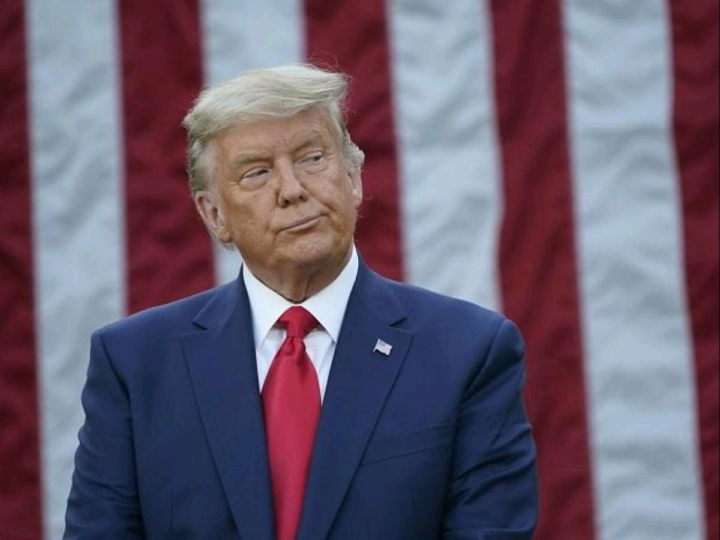As global trade tensions continue to rise, particularly with the evolving landscape of US tariffs, industry regulators and experts are calling on insurance companies across the United States to tighten their risk management frameworks. The growing unpredictability of international trade policies and the possibility of retaliatory measures by foreign governments have heightened the need for insurance firms to prepare for broader economic shocks that may arise from tariff-related disruptions.
Tariffs — government-imposed duties on imported goods — are often used as tools of trade negotiation, economic protectionism, or retaliation. In recent years, the US has implemented several rounds of tariffs targeting goods from China, Europe, and other regions, triggering responses that have not only strained diplomatic relations but also unsettled global markets. For the insurance sector, which is deeply intertwined with nearly every facet of the economy, the ripple effects of such policy shifts present unique challenges.

The National Association of Insurance Commissioners (NAIC) and other regulatory authorities have flagged the current trade environment as a potential stress point for insurers, particularly those exposed to the commercial and industrial sectors. According to a recent advisory issued by the NAIC, there is growing concern that an unprepared insurance industry could face increased claims volatility, capital strain, and underwriting risks stemming from tariff-induced business slowdowns, inflationary pressures, and supply chain disruptions.
“Tariffs can indirectly affect insurance companies by slowing economic growth, impacting corporate profitability, and increasing claims frequency and severity,” said Ellen Bradford, a risk analyst with the NAIC. “This is not a direct blow like a hurricane or cyberattack, but it’s a creeping risk that needs to be measured and managed before it escalates.”
Insurers are being urged to revisit their enterprise risk management (ERM) strategies, including stress testing and scenario analysis, to capture the breadth of potential outcomes that might arise from trade-related shocks. Key areas under scrutiny include property and casualty lines tied to global manufacturing, inland and marine transportation policies, and trade credit insurance — all of which are vulnerable to policy and economic swings.
The American Council of Life Insurers (ACLI) echoed similar sentiments, highlighting the need for long-term risk projections. “Tariff fluctuations introduce uncertainties into investment returns, particularly for life insurers that depend on stable, long-term yields. Being proactive in portfolio diversification and stress modeling is crucial,” said Martin Leland, a senior financial strategist at ACLI.
The industry is already seeing early warning signs. Several multinational insurers have reported declining premiums in export-heavy sectors and increased claims in areas affected by disrupted supply chains. Commercial clients that rely on cross-border trade are also seeking more comprehensive coverage, prompting insurers to review policy terms, pricing models, and reinsurance structures.
Additionally, geopolitical risks linked to tariffs are now being ranked higher in insurers’ risk heatmaps. A report from Moody’s Ratings noted that the growing politicization of trade policy poses a long-term strategic threat, particularly if retaliatory tariffs from US trade partners escalate or if existing agreements are upended by future administrations.
“Risk doesn’t always show up as a catastrophic event,” said Susan Kwon, a partner at a New York-based insurance advisory firm. “In the case of tariffs, the damage is economic and often indirect — shrinking markets, higher input costs, and a slower economy, which in turn reduces demand for insurance products while increasing risk exposure.”
In response, several insurers are turning to technology and data analytics to improve their risk detection systems. Advanced modeling tools powered by artificial intelligence and machine learning are being deployed to simulate trade scenarios and assess their potential financial impacts. These tools help firms stay ahead of policy shifts and adjust their risk appetite and pricing accordingly.
However, analysts warn that technological solutions must be accompanied by sound strategic planning and regulatory cooperation. “There’s a limit to what data can do if the organization itself isn’t aligned on risk strategy,” said Bradford. “We’re encouraging boards to prioritize trade risk within their governance frameworks.”
From a regulatory standpoint, state insurance commissioners are considering new guidance or requirements around disclosure of macroeconomic risks, including exposure to trade volatility. This may involve enhanced reporting standards in annual filings or closer scrutiny of solvency positions during supervisory reviews.
Looking ahead, the broader insurance ecosystem — including reinsurers, brokers, and regulators — is being advised to work collaboratively to build resilience. Cross-sector dialogue, education on trade policy impacts, and coordinated scenario planning are expected to form the foundation of this effort.
Ultimately, while tariffs may be a matter of foreign policy and international economics, their consequences are squarely domestic for insurers who must navigate the fallout. As economic volatility becomes a permanent fixture of the global landscape, the US insurance industry is being reminded that preparedness is not optional — it is essential.
Support InfoStride News' Credible Journalism: Only credible journalism can guarantee a fair, accountable and transparent society, including democracy and government. It involves a lot of efforts and money. We need your support. Click here to Donate
